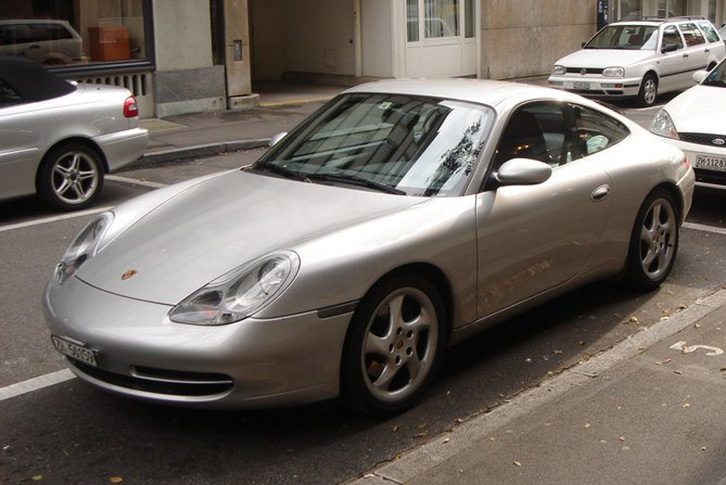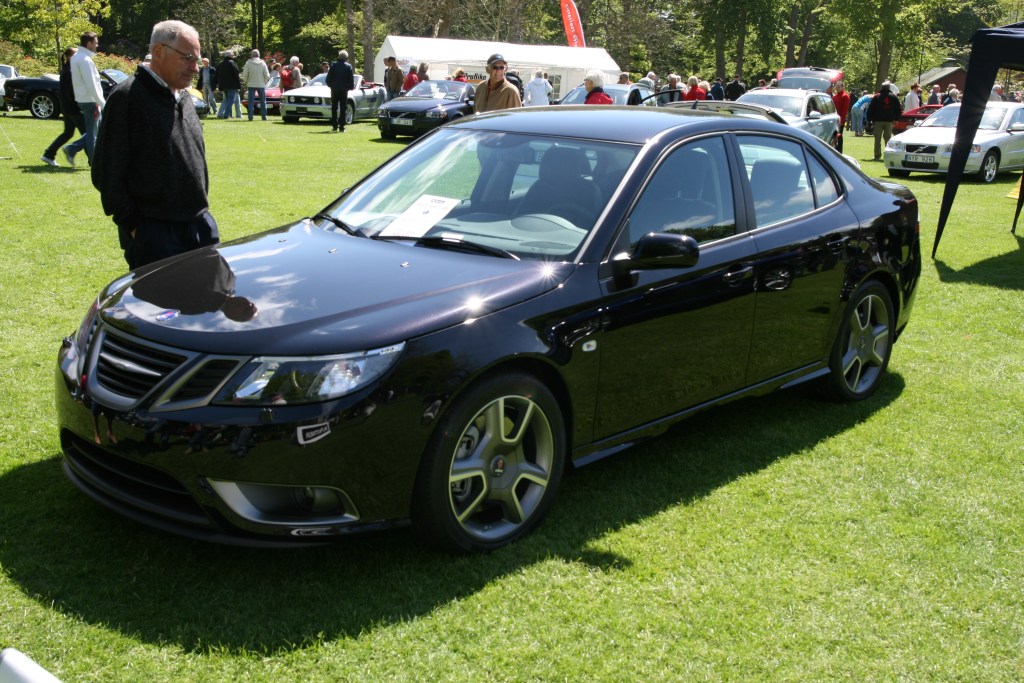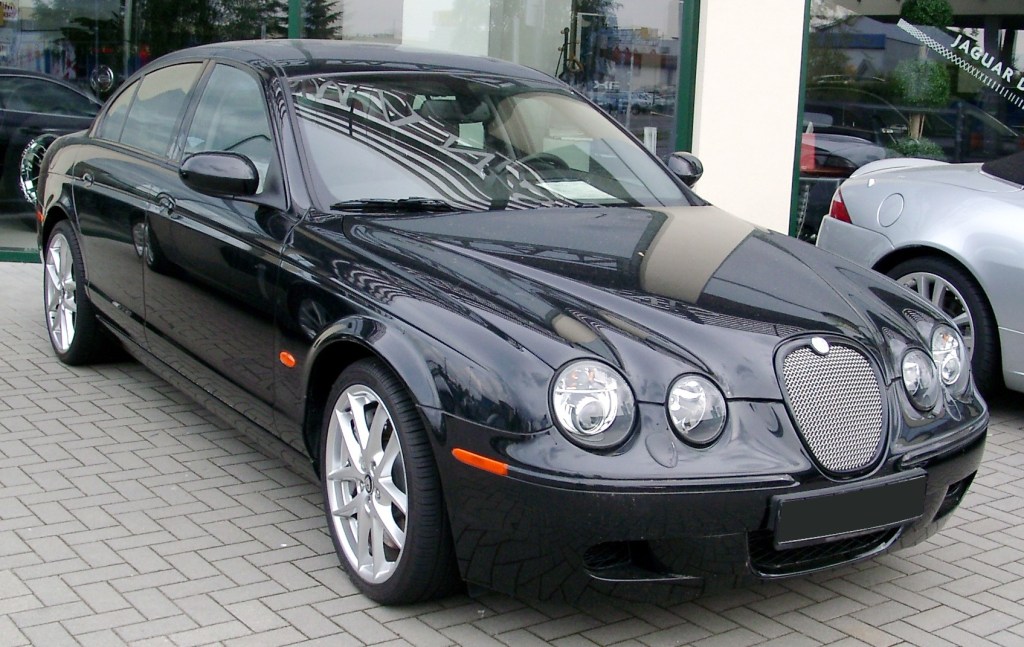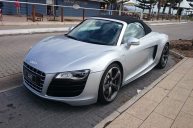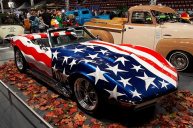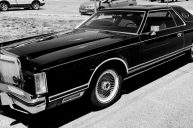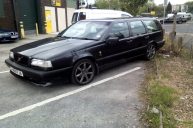Today, the new car market is awash with boring, cookie-cutter cars that sell in massive numbers.
Due to the majority of car buyers not caring about performance or prestige, the majority of cars on the road are dull and boring commuter vehicles.
While performance cars still exist and are progressing to some degree, mundane, boring, run-of-the-mill cars flood the markets. As a result of this, many excellent cars slip under the radar, so to speak.
Here's a list of three excellent, underrated cars that never gained much popularity or following.
3. Saab 9-3
While the Saab 9-3 sold in decent numbers, it is never held in the same regard as the Audi A4, BMW 3-Series, and the Mercedes C-Class.
This is due in large part to it having a transversely mounted engine, and the first generation was only available in front-wheel drive. On the other hand, the Audi had a longitudinally mounted engine and your choice of front-wheel drive or all-wheel drive. The BMW and Mercedes had longitudinally mounted engines and rear-wheel drive or all-wheel drive.
It wasn't as powerful as its competitors, either. The base 2.0 turbo 9-3 of 2010 had 208 horsepower. The comparable Audi, the A4, had 211 horsepower. The BMW 325i had 230 horsepower, and the Mercedes C300 had 228 horsepower.
There were plenty of reasons to choose any of the Saab's German rivals over it. It wasn't as comfortable as any of the others, with rather firm seats and a stiff suspension setup.
Though it was in the same price bracket as its rivals, it wasn't as well equipped, featuring a hand-me-down radio from General Motors and admittedly not much more. It did have a padded dashboard, which is quite nice, but most of the interior plastics are of questionable quality.
Despite its foibles, the 9-3 is a great car. All in all, it performs as well on the road as its German rivals, while carrying a badge that doesn't bear a particular stereotype that each of its German rivals do.
It's reasonably quick, even with the base 2.0 turbo motor. Its ride is bearable, if a tad harsh. It handles great, thanks to the availability of a limited-slip differential.
Furthermore, it is different. Saabs are much more exclusive than any of their German equivalents, while usually being less expensive.
The Saab 9-3 is an excellent alternative to the typical run-of-the-mill German luxury saloons.
Read More: 5 ADULT THINGS EVERY CAR OWNER HAS TO FIGURE OUT SOONER OR LATER
2. Jaguar S-Type R
All of the Ford-era Jaguars have a spotty reputation. All of them, from the S-Type to the X-Type to the XK and the XJ, were criticized for reliability issues and lack of progression.
The X-Type was the runt of the pack, with its underpinnings based on those of the Ford Contour. The S-Type was more popular, featuring a range of Duratec-based V6s and Rover V8-derived "AJ-V8" engines.
The S-Type R is one of the most underrated high-performance saloons in recent memory. Being the pinnacle of the range, it featured a supercharged version of Jaguar's 4.2 liter V8.
This car initially produced 390 horsepower and 399 foot-pounds of torque. This allowed the S-Type R to go from zero to sixty in a healthy 5.6 seconds. The S-Type R retailed for $63,072 at its debut, making it notably cheaper than its German rivals. It was quite a good car, and at its debut, you got what you paid for.
As time progressed, however, the S-Type became very dated. Having been sold alongside the refreshed Mercedes E-Class during the majority of its production run, it seemed quite dated from the get-go. In 2005, a new version of the BMW M5 debuted, making the Jag look even older.
The S-Type soldered on until 2007 with little change when it was finally put out of its misery. The lack of the Jag's popularity is mostly because it was built at the completely wrong time. If it had been introduced just a few short years before it was, and if it was discontinued within five years, I reckon that it would have gained a significant following.
It isn't underrated without sound reasoning, but if you can look past its foibles, you'll realize that the Jaguar S-Type R is an excellent work of engineering.
1. Porsche 911 (996)
While the Porsche 911 996 was relatively popular, it undoubtedly the most hated 911. It was hated by Porsche enthusiasts because it was the first 911 to become water-cooled instead of air-cooled. It was also infamous for IMS bearing failure, which can cause its engine to fail with little warning. Furthermore, it shared its headlights with the Porsche Boxster.
In spite of these "problems," the 996 received a lot of undeserved hate. It has a 3.4-liter flat-six producing a respectable 300 horsepower and 258 foot-pounds of torque. This allowed the 911 to go from zero to sixty miles per hour in just 4.5 seconds. As long as you didn't go for the convertible variant, it handles quite well.
As for the IMS bearing, as long as you are sure that it is in good repair, you should have no major issues. Rear main seal leaks were also common in earlier cars, with a multitude of possible causes.
If you are in the market for a 996, your best bet is to go for a 2002 or newer variant, with a hardtop and a manual transmission.
The 996 was a great car. It isn't as iconic as the air cooled 911s or as popular as the 997 and 991 generations, but the 996 is a force to be reckoned with.
Read More: THE 3 THINGS THAT ALL THE BEST FAMILY CARS HAVE IN COMMON
